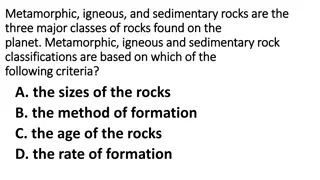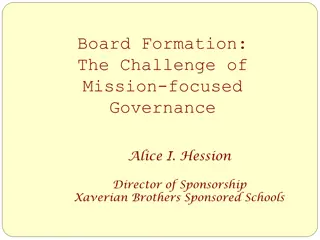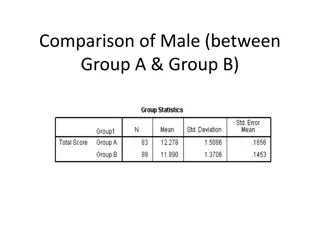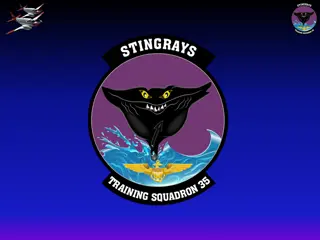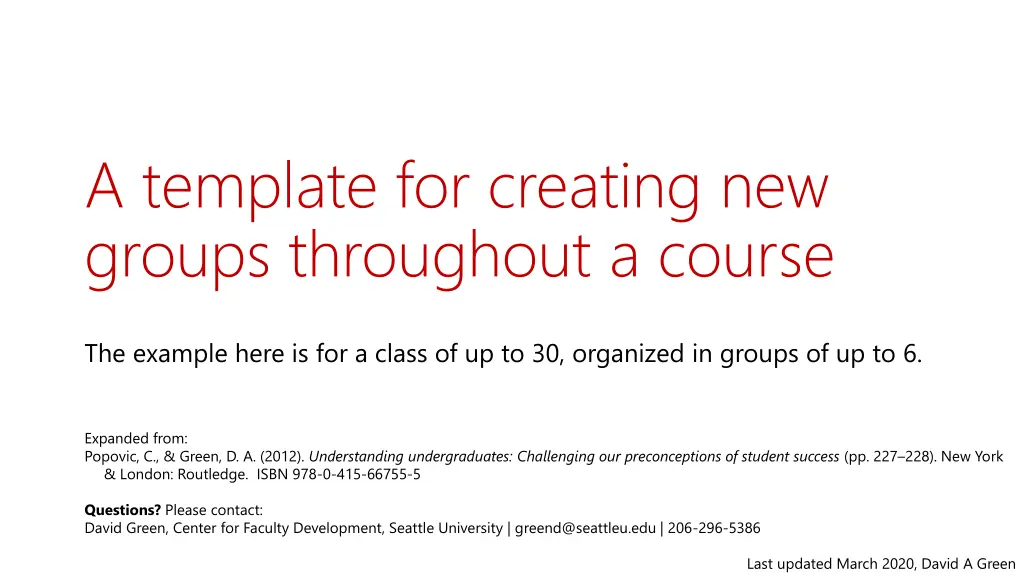
Creative Group Formation Strategies for Effective Classroom Engagement
Enhance student collaboration and participation in a classroom setting by utilizing various group formation strategies. Explore methods such as diagonal groups, checkerboard formations, and more to create engaging learning environments.
Download Presentation

Please find below an Image/Link to download the presentation.
The content on the website is provided AS IS for your information and personal use only. It may not be sold, licensed, or shared on other websites without obtaining consent from the author. If you encounter any issues during the download, it is possible that the publisher has removed the file from their server.
You are allowed to download the files provided on this website for personal or commercial use, subject to the condition that they are used lawfully. All files are the property of their respective owners.
The content on the website is provided AS IS for your information and personal use only. It may not be sold, licensed, or shared on other websites without obtaining consent from the author.
E N D
Presentation Transcript
A template for creating new groups throughout a course The example here is for a class of up to 30, organized in groups of up to 6. Expanded from: Popovic, C., & Green, D. A. (2012). Understanding undergraduates: Challenging our preconceptions of student success (pp. 227 228). New York & London: Routledge. ISBN 978-0-415-66755-5 Questions? Please contact: David Green, Center for Faculty Development, Seattle University | greend@seattleu.edu | 206-296-5386 Last updated March 2020, David A Green
1. Insert students names in alphabetical order Name Name Name Name Name Name Name Name Name Name Name Name Name Name Name Name Name Name Name Name Name Name Name Name Name Name Name Name Name Name
Next: 2. Copy the table from the previous slide and paste it onto all subsequent slides 3. Each time you want new groups in class, show students a different configuration (e.g. embedded in your own slides) 4. If asking groups to write on a whiteboard or on flipcharts, give them a pen in their group s color for easy identification when possible 5. To speed up the process of finding groups, consider printing color signs for groups to place around the room or make table tents with the color names (in the appropriate color). 6. Remember: if you have students with mobility or hearing issues that require them to sit in a particular place, ensure their group comes to join them, so they don t have to move.
RED BLUE YELLOW NAVY GREEN Vertical groups
RED BLUE YELLOW NAVY GREEN Diagonal groups
RED BLUE YELLOW NAVY GREEN Checkerboard groups
RED BLUE YELLOW NAVY GREEN Knight groups (2 across, one down, as in chess)
RED BLUE YELLOW NAVY GREEN J groups
RED BLUE YELLOW NAVY GREEN Oblique groups
RED BLUE YELLOW NAVY GREEN Rotated p groups
RED BLUE YELLOW NAVY GREEN Extended knight groups (3 across, 1 down)
RED BLUE YELLOW NAVY GREEN Block groups
RED BLUE YELLOW NAVY GREEN L groups
RED BLUE YELLOW NAVY GREEN Rotated b groups
RED BLUE YELLOW NAVY GREEN Bar groups
RED BLUE YELLOW NAVY GREEN PURPLE Zigzag groups (NOTE: SIX GROUPS)
RED BLUE YELLOW NAVY GREEN PURPLE Horizontal groups (NOTE: SIX GROUPS)












